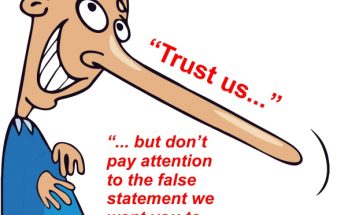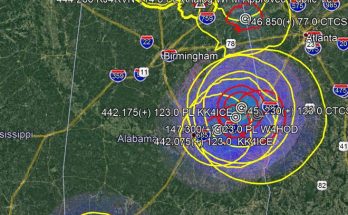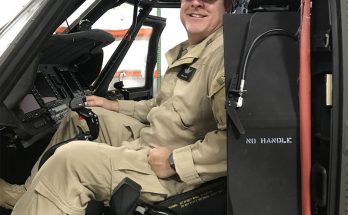One of the exciting features of our openly available database will be openly available KML files. The listing for each repeater will feature a link to a downloadable KML file showing the generated service and interference contours for that repeater. What you are seeing when you open one or more of these KML files using Google Earth is actually a key reason for our ability to open the door for more Amateur Radio repeaters in Alabama. It is also intended to make coordination between states and multiple frequency coordinators easier. We have created a demonstration coordination case to show you how we achieve this and can provide you with more modern, realistic repeater coordination than has ever been offered to you in Alabama. Be sure to look at the demonstration coordination featured a bit later in the article.
These KML files graphically show the calculated coverage area of a repeater, providing a much more realistic picture of the operational and usable area of a given repeater, facilitating more effective and efficient coordination of repeaters in Alabama. Increasing numbers of people entering the Amateur Radio hobby and wanting to put repeaters into operation — along with repeater equipment becoming more affordable — necessitates better coordination methods than have been employed by most frequency coordinators in the past. The old rules saying that two repeaters on the same frequency simply have to be such-and-such number of miles apart no longer serves the Amateur Radio repeater community well. The RF spectrum allocated by the FCC to Amateur Radio is getting more and more crowded.
We have all heard your stories. We have heard you saying you are willing to invest the time, money, and effort to not only put a good repeater into operation, but to also be a supportive, cooperative member of the repeater community through proper coordination of your repeater. We have heard your tales of constantly being told “There aren’t any pairs available.” And we know how frustrated you have been. This problem has existed — and gotten worse — for a number of reasons. One of the primary reasons is that the old rules of separation by mileage do not take into account a more realistic picture of the areas and distances which repeaters actually work.
In many cases, two repeaters can actually be coordinated much closer to one another than the old mileage rules called for because the realistic reliable coverage area of the two repeaters simply would not extend anywhere near the minimum distance required under the old rules. Let’s face it, if repeater “A” would only cover a range of say, 30 miles, and repeater “B” would only cover 40 miles, they could be coordinated closer than 100 miles apart. Much closer. By utilizing the methodology of service contours and interference contours, repeaters can be more realistically coordinated. In days gone by, the ability to create and map the service and interference contours for a given repeater was very time consuming and was relegated to specialized RF engineering firms, who used slide rules, pencils, and lots of sweat to create them; therefore, the FCC only mandated such calculations and data for commercial, public safety, governmental, and critical repeaters (i.e., repeater owners and companies/agencies with the budgets to be able to pay the big bucks those engineers charge.) It has never been required under the Amateur Radio rules. But the fact it was not required does not mean it can not be put to use for Amateur Radio in order to achieve better coordination.
Welcome to the 21st Century! Where inexpensive personal computers, the internet, online databases, and other technological advancements mean what used to be complicated, expensive, and very time consuming is now doable in much less time, for much less money, and easily within the reach of frequency coordinators — including volunteer coordinators who intend to be of the best possible service to the Amateur Radio community.
In the demonstration case example, you will see for yourself how we employ these tools for your benefit and the benefit of Alabama’s Amateur Radio community. The same methodology which has kept commercial, public safety, and other critical repeaters and services working well for decades works just as well for ham radio repeaters. It works better than the old, arcane methods which you have been stuck with in Alabama until now. Yes, it takes a bit more effort on the part of the individual(s) serving as Amateur Radio Frequency Coordinators, but truly being of the best possible service to the Amateur Radio community calls for willingness to continually improve the methods being used and the willingness to work a little harder.
Welcome to AFCRAS. And welcome to repeater coordination methods designed with you — the Alabama Amateur Radio repeater enthusiast — as the first priority.


